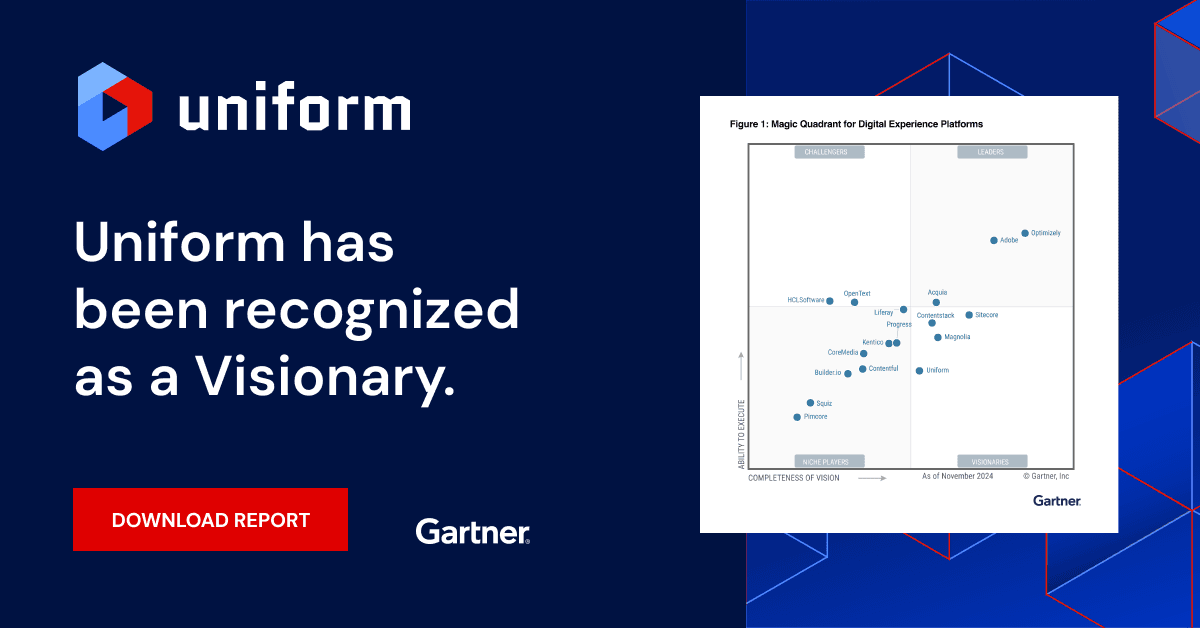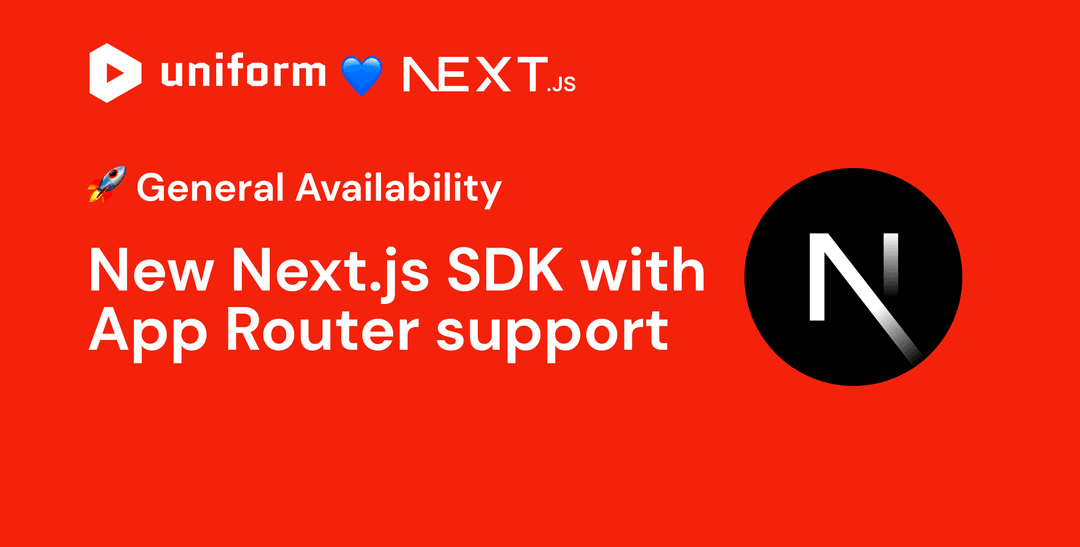Uniform blog/Level up your collaboration game: Developer insights for winning with marketing pros
Level up your collaboration game: Developer insights for winning with marketing pros
Level up your collaboration game: Developer insights for winning with marketing pros
Building outstanding user experiences takes, first and foremost, effective collaboration between marketing and development teams. Oftentimes, however, those teams’ different perspectives lead to misunderstandings and opacity, which could seriously impact progress and revenue. Over the last two years of interacting and working within a marketing department as a seasoned technical leader, I've developed strategies to enhance collaboration, boost cross-team communications, and promote project success.
Below are the steps to take.

Set clear objectives
Since both development and marketing play vital roles in implementing user experiences that drive business goals, the contributors in question must share clear, common objectives, e.g., projected sales, number of service signups, and brand messaging.
Reaching those goals sometimes requires both technical and marketing-driven activities, such as code refactoring, site-performance boosts, messaging-success measurements, and analytics gathering. Those work streams, whose specifics are highly contextual to the specific job marketers or developers do, could easily cause conflict.
To avoid miscommunication, do the following:
- Invite participation from all team members. Involve them in planning sessions, explain the background of the strategies to be built, and ascertain that everyone is on the same page.
- Set SMART goals. Create specific, measurable, attainable, relevant, and time-bound objectives.
- Plan together. Align schedules based on the teams’ different workflows.
Understand how the other discipline works
A healthy dose of the qualities below is key:
- Respect. To minimize friction, respect for each other's operating methods, styles, and process is essential. Besides acquiring an understanding of the various workflows, team members must be willing to compromise for alignment’s sake.
- Patience. Be accommodating, thoughtful, and tolerant when explaining processes to the other team. A unified approach like Agile project management can forge collaboration by breaking projects into stages, constantly engaging with stakeholders, and enabling both teams to simultaneously track goals and meet objectives.
Remember, a world of difference exists in how developers and marketers think. Establishing a mechanism through which they can learn about one another's tasks and routines goes a long way in championing collaboration.
Leverage each other’s skills
Developers and marketers contribute unique, value-add skills:
- Developers can offer product or technical insights by clarifying why certain code approaches and rendering modes help reach marketing goals.
- Marketers can share user feedback, messaging learnings, and test data with developers as support for spiffing up the UI and product features.
Essentially, developers work in the context of the “how,” and marketers, of the ”why.” Both are equally valuable for successful projects.
Make data-based decisions
Data is crucial for measuring success. Developers and marketers play a different role vis-à-vis data:
- Developers create technology for harnessing data that marketers need to optimize conversion.
- Marketers collect data and strategize campaigns accordingly.
Using analytics tools and personalization engines is instrumental for fulfilling project goals. Ultimately, developers must find a way to integrate “hated tools” so that both teams are happy.
Use the tools that appeal to both teams
Tools that propel collaboration fall into different categories. For example, Jira and Linear are process systems, and Figma and Zeplin are design devices. Other tools are slated for website architecture.
Even though developers love the freedom to choose the tools they prefer to build websites, it comes at the price of abstract interfaces and many open tabs for marketers. As technology evolves, techies must keep up with industry trends without being bogged down by marketers’ tool choices. That’s where headless has failed us: The pendulum of architecture choices to build websites has swung too far. Developers love it, yet marketers hate it.
A digital experience composition platform (DXCP) affords both developers and marketers control of features, content, and the ever-ticking clock. Though technically agnostic, a DXCP—
- Helps developers funnel data to a front-end channel of their choice without compromises.
- Enables marketers to independently and visually edit content in a no-code environment without having to seek developer assistance.
Faithfully perform the paramount steps
By setting clear objectives, understanding each other's processes, leveraging each other’s unique skills, making data-driven decisions, and adopting tools that cater to both parties, marketing and development teams can cooperate smoothly, eliminate roadblocks, and deliver phenomenal projects. With the right strategies and mindset, the sky's the limit for the potential of those high-performing teams to achieve exceptional results.
Check out Uniform DXCP, on which developers and business teams can access all the tools they need to deliver well and fast.








